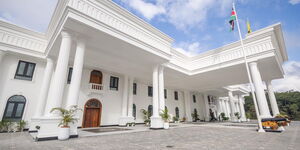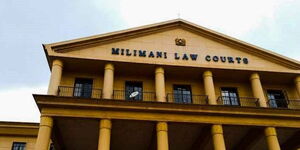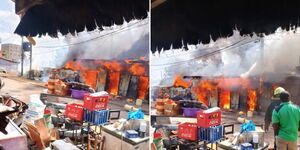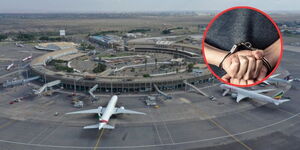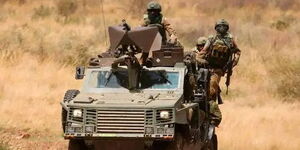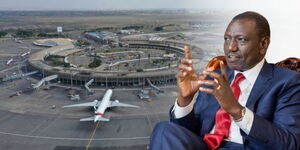Have you ever wondered if long distance planes have kitchens? Well, most of the inflight meals are prepared before takeoff. Airlines usually have their own food or contract another company to supply meals.
The foodstuffs are ordered based on the menu. Once they get into the store, they are sorted to confirm if the foods have been allocated batch numbers.
For vegetables, they go through sanitization to remove soil and bacteria before preparation.
After they are sanitized they are moved from critical point two to critical point three where there is actual preparation to ensure all food control measures are followed such as all meals are being cooked and attain the right temperatures, documents recorded, and safety is checked
The meals are prepared by first selecting the type through profiling of routes. If one is departing in the morning they will certainly get breakfast and when it's evening the passengers will be served with dinner.
After they are cooked at a temperature of 75 degrees, the foods go through safety checking then they go for storage where they are maintained at the same temperature and recorded, documented with batch numbers, and packed for passengers on the flight.
According to the director of operations at JKIA, Paul Njoroge, meals always taste better because they have gone through many processes. During the flight, the meals are frozen in dry ice in small quantities and kept far away from passengers.
The meals can only be heated once in the ovens and freezers that are fitted in the kitchen and are spicy because the chefs use a wider choice of ingredients and other options.
In an interview with NTV's Your World show, Chef Timothy Njoroge, the meals are normally prepared 7 hours before the flight. This is because the meals are checked to ensure they are tasty, explaining why the pallets change. This is because human taste buds change while flying.
The meals must be sourced from suppliers who are certified to meet international standards.
After meals, most of the leftover foods are sent to landfills. However, some countries are working with airlines to help recycle the food or donate to the less vulnerable in the society.

